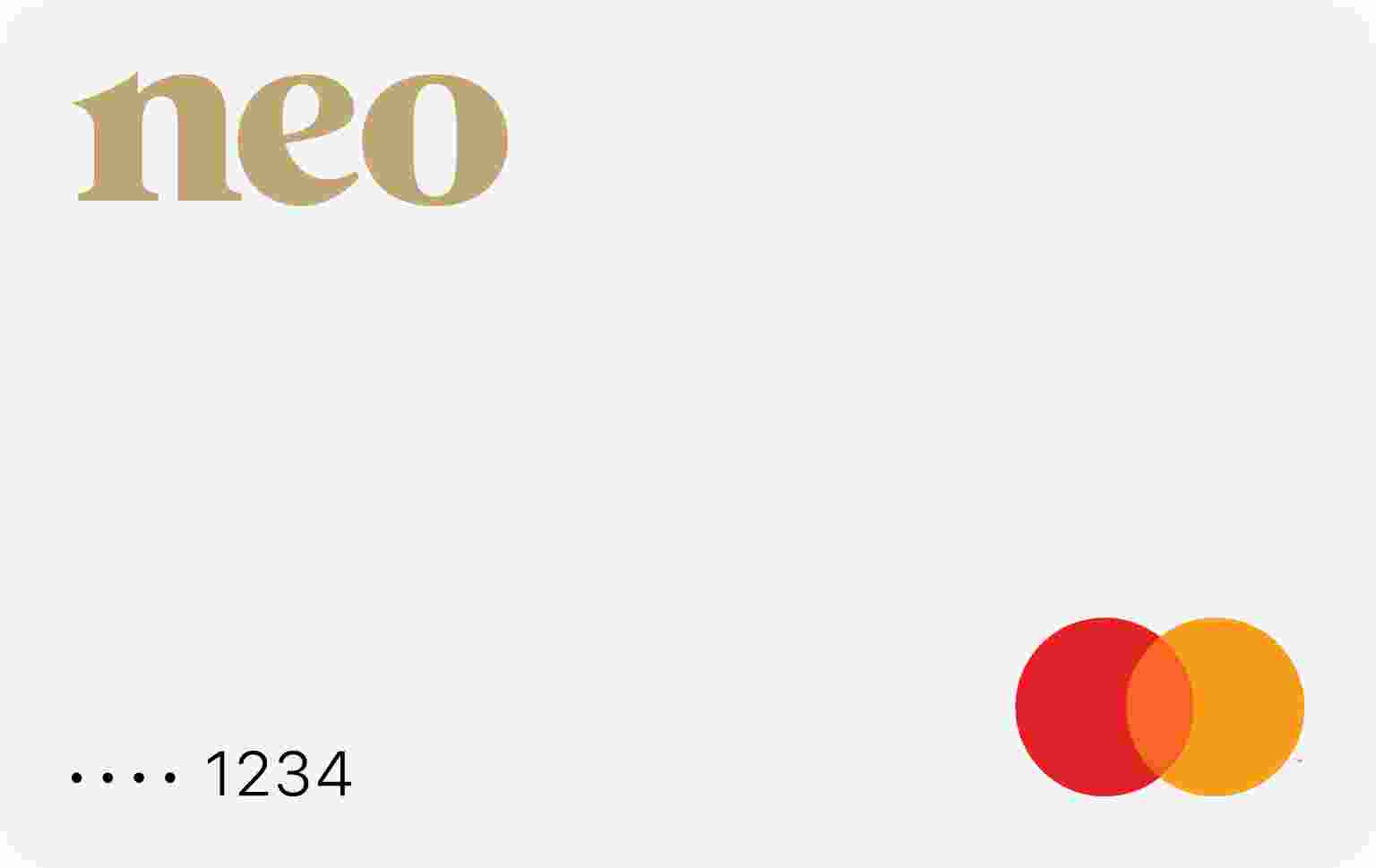Closing a bank account in Canada can seem like a daunting process, especially if you’ve never done it before. Luckily, the process is relatively straightforward. This guide covers everything you need to know about closing a bank account in Canada, including what to do with remaining funds and how to prepare for the process.
Reasons To Close A Bank Account
You may choose to close your bank account for a variety of reasons. Including the following:
You’re not satisfied with the services offered by your current bank.
You’re moving somewhere without a nearby bank branch.
There are better interest rates elsewhere.
You want to reduce the number of accounts you have to consolidate your finances.
Whatever your reasons, you need to prepare to close your account before you can officially close it.
Preparing To Close Your Bank Account
Closing your bank account requires thorough preparation to ensure it goes smoothly. To make sure you have everything covered, see the following steps:
Make sure you make note of your account information. You’ll want to know your account number, your bank’s name, and the bank’s contact information.
Check if outstanding transactions or cheques need to be cleared. You cannot close an account if there are outstanding transactions or balances.
Check for automatic payments. If you have any automatic payments or direct deposits set up through your account you’ll need to ensure those are transferred to a new account or cancelled.
Move your remaining funds. If there are remaining funds in your account, you could transfer them into another account (different or same bank) or withdraw the funds in cash. Alternatively, you could have your funds issued as a cheque. Once your account is closed, you will not have access to these remaining funds.
Give yourself time. Don’t wait until the last minute to close your account. Give yourself time to make the necessary arrangements.
How To Choose A New Bank Account
If you want to close your bank account but are uncertain which new bank account to choose for your funds, here are a few things to consider:
Fees: One of the biggest factors to consider when choosing a new bank account is the fees. Consider the monthly, ATM and overdraft fees.
Services: Consider which services you want included in your new bank account such as online banking, mobile banking or access to large ATM networks. These services should factor into your final decision.
Interest rates: If you’re opening a savings account, the interest rate is a key factor to consider. If savings are your goal, look for a bank that offers competitive interest rates.
Customer service: Consider the bank’s reputation for customer service. Do they offer excellent customer service? Make sure you know what you’re getting into.
Security and fraud protection. You’ll want to ensure you’re comfortable with the security and fraud protection offered by your new bank. Read up on this where possible.
Once you’ve prepared your old bank account to close and have a new account or financial plan lined up, you can go ahead and close your account. The steps are outlined in the following section.
How To Close A Bank Account In Canada
The process of closing a bank account in Canada will vary based on the bank, but the general steps go as follows:
Contact your bank: Even if you plan on closing your account online, you will still need to contact your bank and inform them of your intention to close your account. You can contact them by calling customer service, sending an email, visiting a branch or even sending a letter.
Submit a request to close your account: You need to submit a formal request to close your account. You can fill out a form online, or submit a written request.
Pay any outstanding fees or charges: If you skipped this step during preparation, you’ll need to do it here to close your account.
Transfer or withdraw your funds: Before your account is closed, you should transfer or withdraw any remaining funds.
Wait for confirmation: Once you’ve done all this, you’ll need to wait for confirmation from your bank that your account has been closed.
Once you’ve closed your account, make sure you have a record of all the documentation, such as communications with your bank regarding the closure of your account. This can be helpful if there are any disputes or issues later on.
The Fees And Penalties For Closing A Bank Account
When you close a bank account you might incur some fees or penalties. These can vary depending on your bank and the specific terms of your account.
There are no fees for closing your bank account. However, if you close your account within 90 days of opening it, you may incur a fee of [1]$20. To avoid this, simply move your funds out of the account and wait until the 90 days have passed before closing your account.
There may be fees involved if you close your bank account with a negative balance or if you have outstanding fees. These can accumulate or result in fines if not addressed. In extreme situations, the bank may hand over any debt to a collection agency, so make sure you don’t close your account if you still owe the bank money.
What To Do After You Closed Your Bank Account
If you prepared correctly and successfully closed your account, keep a few things in mind:
Remember to hold onto your documentation of account closure. This documentation is vital for personal records and potential disputes.
Monitor your finances for a while. Make sure there are no unexpected charges or fees, and check that all your automatic payments and direct deposits have been successfully transferred or cancelled.
Make sure you understand the terms and conditions of your new account. You may have to get used to slightly different terms than your previous account.
Conclusion: Closing a Bank Account in Canada Smoothly and Efficiently
Closing a bank account in Canada doesn’t have to be stressful. With a bit of preparation and the right knowledge, you can navigate this process smoothly and efficiently.
Remember to do your research, plan ahead, and keep a record of all communications with your bank. Understand any potential fees or penalties, and make sure you’ve made arrangements for any remaining funds before closing your account.
With this comprehensive guide, you now have all the information you need to close a bank account in Canada. Good luck with your banking journey!






